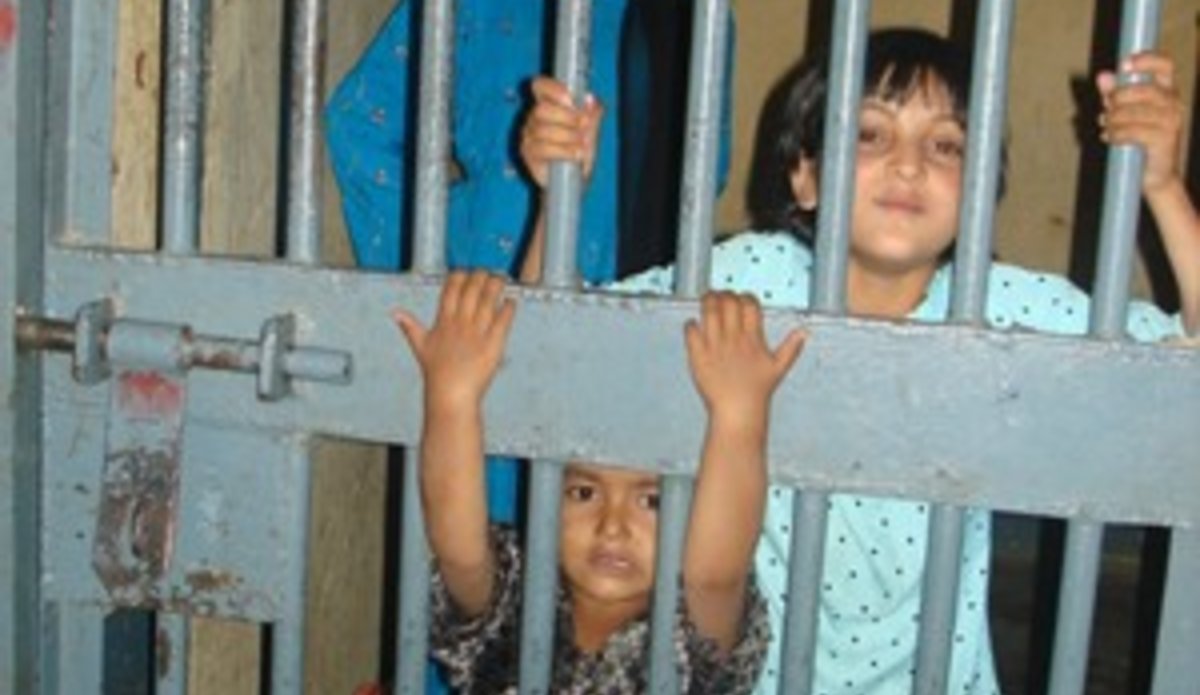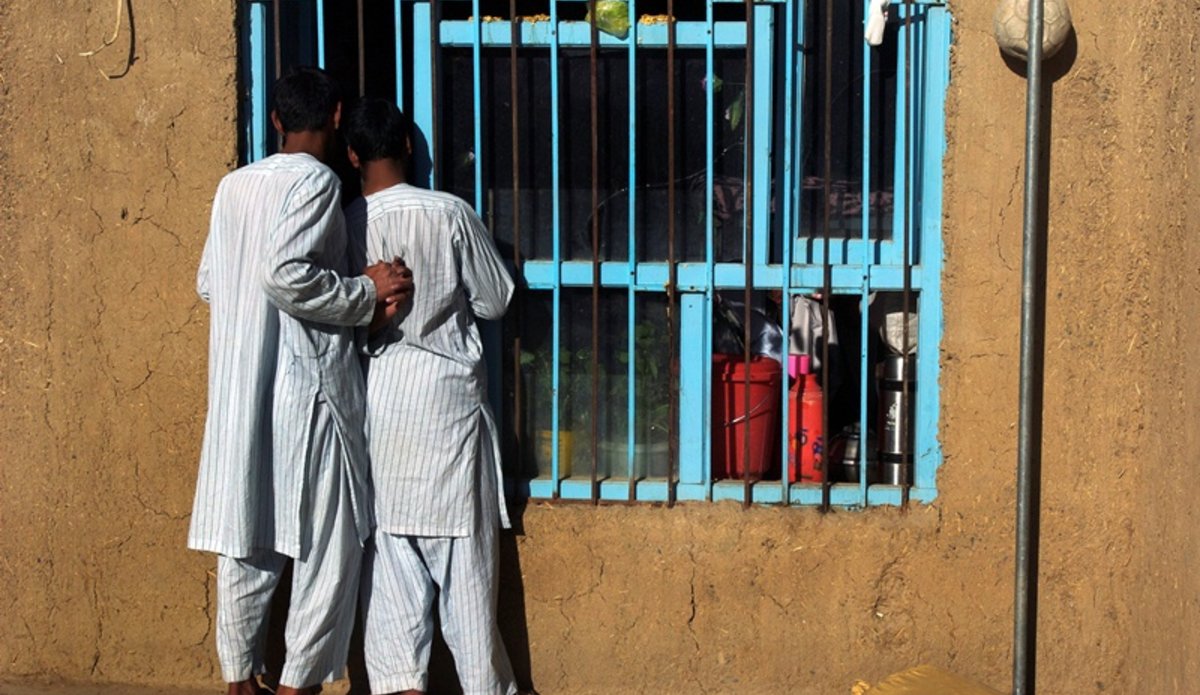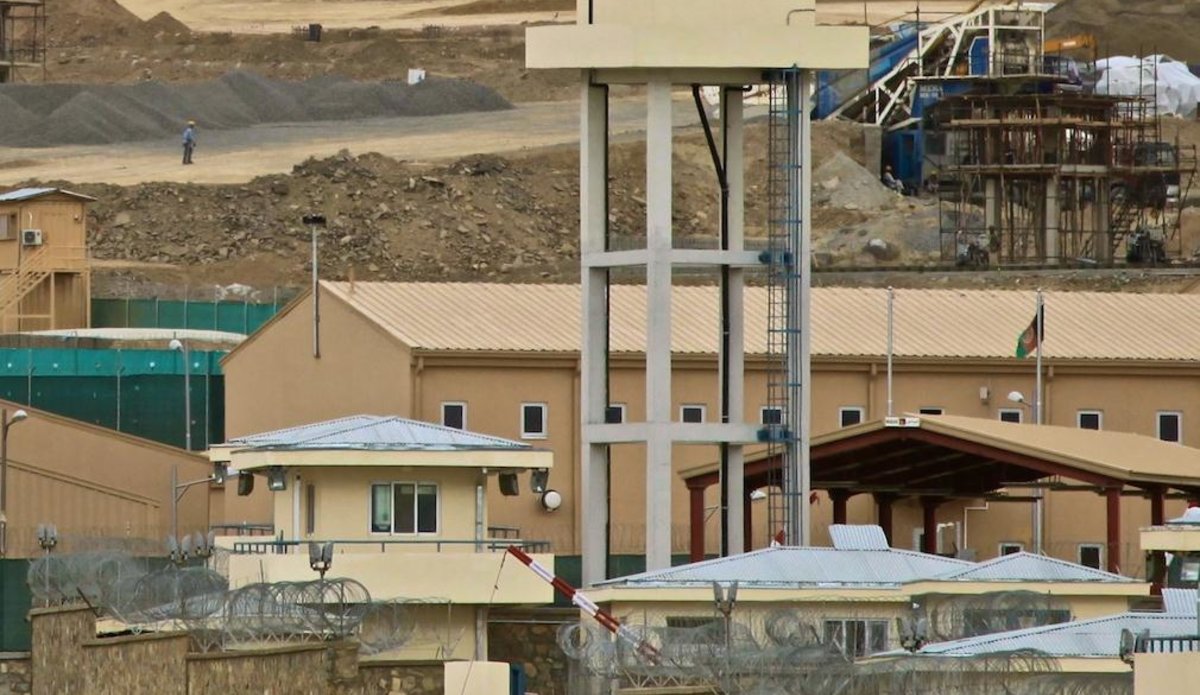Amid challenges, UN supports Afghan efforts to improve corrections facilities
KABUL - Extreme overcrowding, a lack of medical care and poor sanitation. These are just some of the challenges facing the Afghan corrections system, and which the United Nations Assistance Mission in Afghanistan (UNAMA) is helping the authorities to deal with.
“Prisoners come to prison not to be punished. Deprivation of their liberty is already a punishment, but it doesn’t mean that their basic human rights are taken away from them,” said the Director of the Afghan Government’s Central Prison Department (CPD), Lieutenant General Amir Mohammad Jamshid, in a recent interview.
“According to the law, we are responsible for rehabilitating them before they return to the society,” he added.
A report released last year by the Office of Rule of Law and Security Institutions (OROLSI), part of the UN Department of Peacekeeping Operations, noted that an effective corrections system contributed to the stabilization of post-conflict societies. “Strengthening corrections systems is therefore an integral part of sustainable, nationally-owned peacebuilding efforts,” the OROLSI report stated.
For the past decade, UNAMA has been coordinating international assistance through its Rule of Law unit, in support of national institutions dealing with the problems, many of which stem from a lack of necessary infrastructure.
In 2005, the Afghan Government formed a prisons working group, with assistance from UNAMA and in consultation with the international community, to support efforts in this area. The group’s members include CPD, UNAMA, the UN Office on Drugs and Crime (UNODC) and other UN and international agencies.
“As of now, we are working on the 10-year vision for CPD,” said UNAMA Corrections Adviser, George Okumu. “Part of that is for all 34 provinces to have modern prisons.”
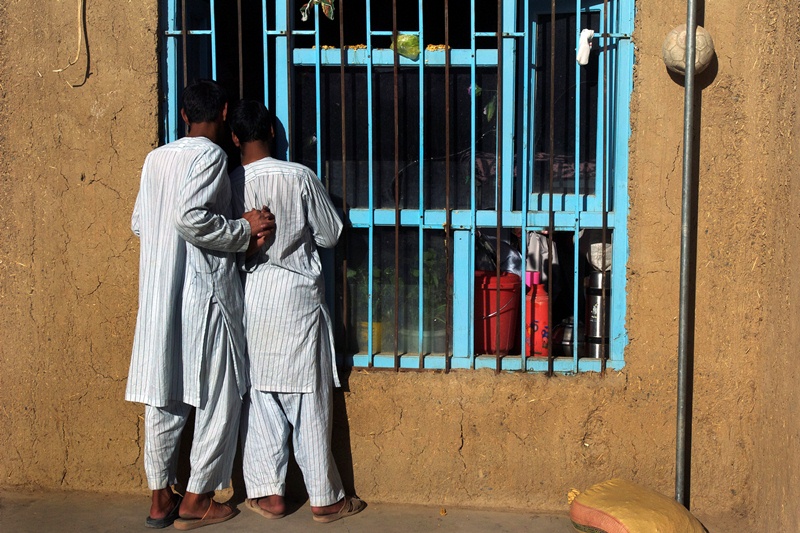
Currently, there are approximately 32,000 prisoners countrywide, housed in 34 CPD prisons, district detention centres, Bagram prison and the National Directorate of Security detention facilities. A UNODC analysis in 2012 suggests that the trend of imprisonment in Afghanistan indicates that the prison population will reach approximately 40,000 people in five years, a situation hardly sustainable from financial, institutional, security, health and fairness perspectives.
To guarantee the sound administration and management of prisons, the prison working group drafted 178 operational directives earlier this year. A report of the UN Secretary-General, Ban Ki-moon, to the Security Council in March indicated that CPD had signed 99 operational directives on 5 February. Currently, 110 of the directives have been signed. These directives range from administrative to technical aspects of the corrections system.
According to CPD, prisons in the provinces of Paktika, Kapisa, Nuristan, Sar-e-Pul are located in leased, privately-owned premises, while the ones in Nimroz, Zabul and Balkh provinces are located in government-owned premises.
Some prisons are in critical need of refurbishment as they were built many years ago. Funding for their reconstruction is a major challenge facing CPD.
“This year, we have only been able to get funding from the Government for the reconstruction of the prison in Badakshan, while we have planned to reconstruct eight prisons this year,” said General Jamshid, adding that his office has not received any funding for constructing new prisons either from the Government or international donors.
UNAMA is currently working with CPD to draw donors’ attention and engagement for the construction of a new prison in Kapisa, north of Kabul. A potential donor country has been identified, but an official agreement has yet to be finalized.
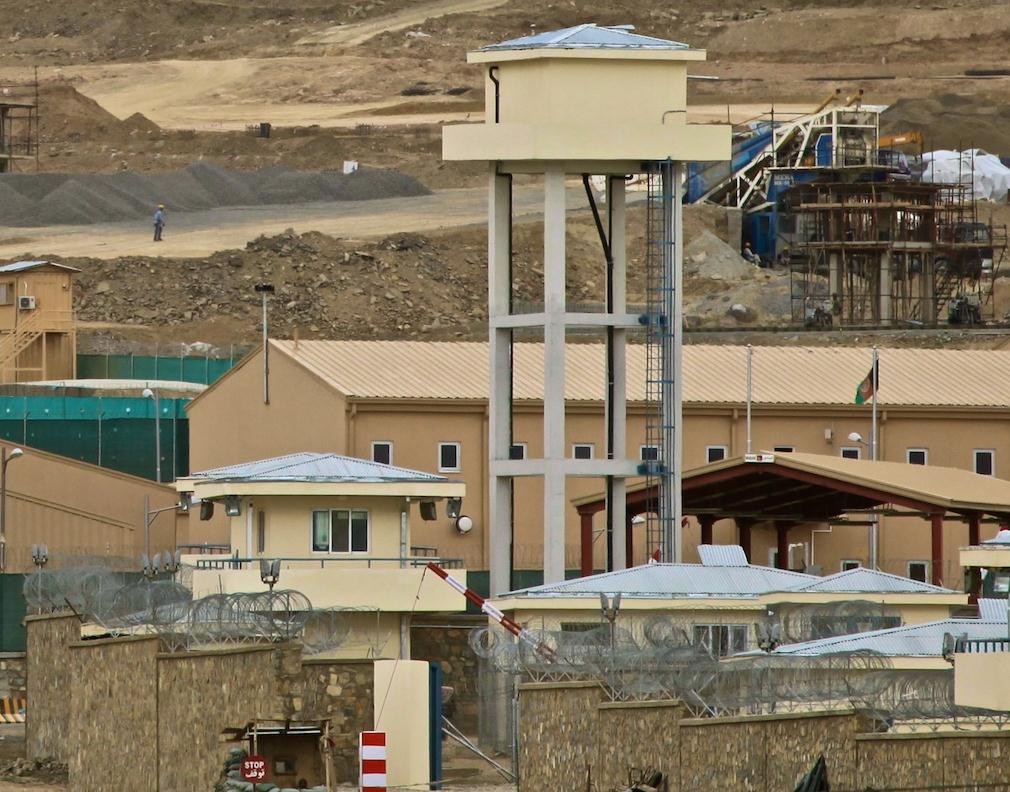
A recent prison assessment in Kapisa, conducted by UNAMA, suggested that the facility has poor access to electricity and clean water. Most of the prisoners suffered from skin diseases and medical supplies from the authorities were not sufficient, according to the assessment. With a capacity for 40 inmates, the prison was housing more than 200 prisoners, and due to the lack of space in the leased premises, no vocational training could be provided.
“Vocational training is very important because when prisoners come in, they are not sure of their future. We want them to go out as changed people and this can only be done through vocational training,” said Mr. Okumu.
“As we reconstruct prisons, we must think about vocational training as it is an important element of rehabilitation,” Mr. Okumu added. “We are appealing to more donors.”
The UN official also stressed that the separation of prisoners according to the severity of their crimes is an important element of a corrections system. But again, due to the lack of space, it has not been possible in Afghanistan.
“If you have ‘bad’ criminals, they are not supposed to mix with petty criminals,” Mr. Okumu said. “When you are going to rehabilitate them, the rehabilitation for high risk prisoners is different from the rehabilitation for low risk prisoners, because they think differently.”
“When we have good, sufficient facilities in prisons,” said General Jamshid. “We will be able to provide the prisoners with support to help them to go back to the society as better citizens and prevent them to be recidivists.”
|
• Afghanistan promulgated its law on prisons and detention centres in 2005. At that time, the prison system fell under the Ministry of Justice (MoJ). • A major prison escape of almost 500 prisoners in 2011 expedited the government efforts to transfer the prison system back to the Ministry of Interior from MoJ. • With the transfer of the prison system back to the MoI, a revised law on prison and detention centres was proposed and is currently in the process of legislation. • Pul-e-Charkhi, Kandahar and Herat prisons currently house 50 per cent of the total prisoners in Afghanistan, with approximately 8,000 prisoners being housed in Pul-e-Charkhi in Kabul alone. • Alternatives to imprisonment are currently being discussed to tackle the issue of overcrowding prisons and budget efficiency. |
 UN
UN
